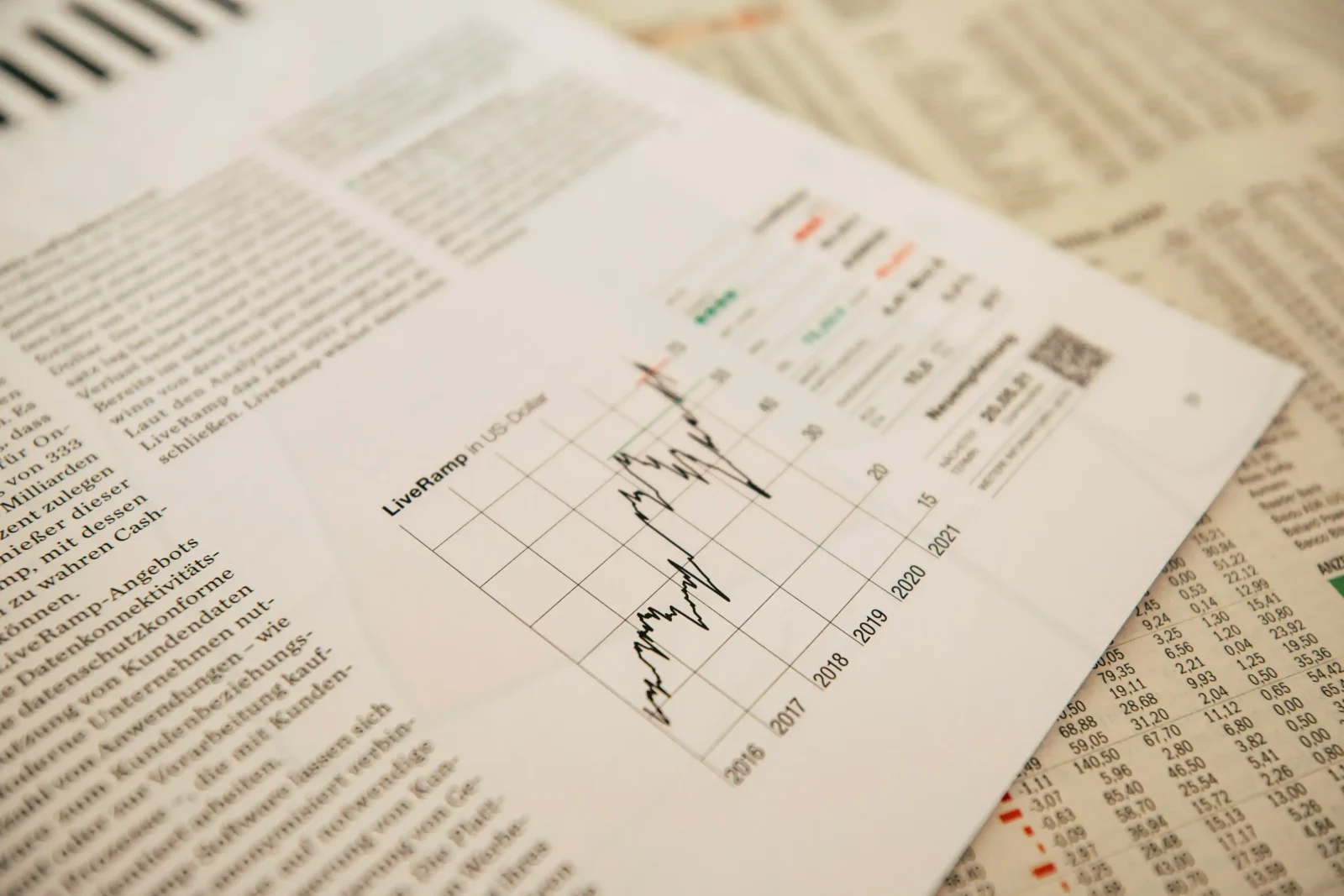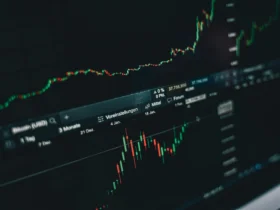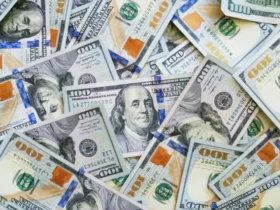Weak Job Growth Signals Deeper Economic Cooling
The July jobs report offered a clear indication that the U.S. economy is losing momentum, with just 73,000 new nonfarm payrolls added for the month. The number fell short of already modest projections and was accompanied by downward revisions to both May and June.
Those adjustments pulled the three-month average job gains down to 35,000, marking a sharp slowdown from the same period last year. While employment data typically lags other indicators during recessions, the report adds weight to growing concerns about the broad economic slowdown.
“We’re definitely seeing signs of stress in the labor market,” said Luke Tilley, chief economist at Wilmington Trust, who now sees a 50% chance of recession in the near term.
Tariff Pressure Adds to Consumer Strain
One major factor influencing the slowdown is the impact of U.S. tariffs, which have not yet led to the anticipated inflation spike. Instead, they appear to be dampening consumer discretionary spending.
“If consumers are paying more for imports, they’re pulling back on travel, entertainment, and hospitality,” Tilley explained. This redirection of spending may be suppressing inflation but is also curbing economic activity in sectors like airlines, theme parks, and hotels.
GDP Data Offers a Mixed Picture
On the surface, the economy still showed signs of life with a 3% GDP growth rate in the second quarter. However, a closer look reveals that number may not be as promising as it seems.
For the first half of the year, GDP averaged just 1.2%, with consumer spending barely increasing by 1%. The Q2 spike was largely attributed to reduced imports after a first-quarter surge, suggesting the bump was more of a trade-timing anomaly than a true rebound.
Recession Risks Still Rising
Analysts remain divided on whether the economy will enter a full-blown recession. Gus Faucher, chief economist at PNC, doesn’t expect a downturn yet but warns of slowing growth.
“The likely scenario is a weaker economy in late 2025 and early 2026,” he said. “But with softer job data and rising tariffs, the risk of recession is increasing.”
Goldman Sachs is now forecasting just 1% growth for the second half of the year, citing weaker real income growth, slower job creation, and reduced fiscal support from earlier legislation.
White House Defends Economic Strength Amid Job Concerns
The White House acknowledged concerns surrounding the report but continued to highlight broader signs of economic resilience. Still, President Donald Trump reacted strongly, firing the Bureau of Labor Statistics commissioner and labeling the report as “FAKED” and “RIGGED.”
In contrast, Kevin Hassett, director of the National Economic Council, said the data was worth watching but not yet a cause for panic. “There are still solid fundamentals in place,” he told CNBC, “but yes, revisions are troubling.”
The Federal Reserve’s Role Under Scrutiny
Despite mounting economic concerns, the Federal Reserve held interest rates steady at its last meeting. Some officials still believe the labor market is strong enough to delay cuts.
But with inflation cooling and growth slowing, expectations have shifted. After the jobs report, traders pushed the probability of a September rate cut to nearly 90%, according to the CME Group.
Still, economists like Jim Paulsen argue that rates are too high for current growth levels. “What are we doing with 7% mortgage rates in a 1% growth environment?” he asked. “That screams for support.”
More Economic Red Flags Emerge
Additional data released Monday didn’t offer much comfort. Factory orders dropped 4.8%, marking the weakest reading since early 2024. The Conference Board’s employment trends index also fell to its lowest point in nearly a year.
The report aligns with a broader trend of declining momentum across multiple economic sectors. Josh Bivens, chief economist at the Economic Policy Institute, summarized the situation bluntly: “This is what entering a recession looks like.”
Markets Stay Volatile Despite Mixed Signals
While equities dipped initially, Wall Street rebounded on hopes that the U.S. and EU would soon finalize a long-term tariff deal. However, volatility persists, and the Dow Jones Industrial Average is down 1.7% over the past month.
“Markets had been a bit too optimistic,” said George Mateyo, chief investment officer at Key Private Bank. “This report was the shoe we were waiting to drop.”
Mateyo advises caution, suggesting investors rebalance away from risky assets until the economic picture becomes clearer. “We still don’t believe a recession is a certainty, but the slowdown is real.”
Reference : Jeff Cox







Leave a Reply